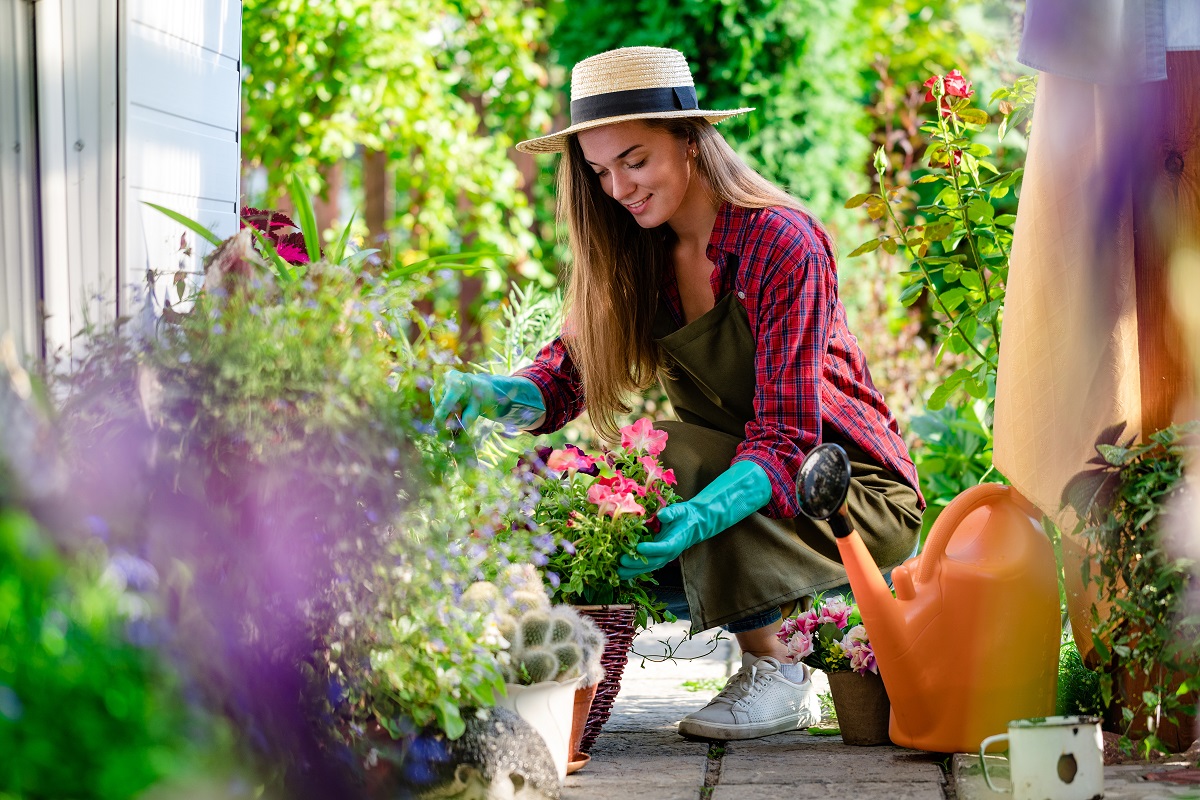If you live in the city, your space for gardening tends to be limited, causing frustrations if you have a green thumb itching to work. To satisfy your urge to raise plants, however little, you may just resort to pocket gardens and indoor greens. But have you ever thought of using your rooftop space as a garden?
Rooftop gardens are actually nothing new. City dwellers and commercial property owners have been using it to utilize wasted space and to gain environmental benefits from it. Even renters make it if their landlords permit them.
However, don’t celebrate right away if you find some workable space on your rooftop. You need to consider some important factors first, which we’ll discuss in this article. We’ll also walk you through all the supplies you need to achieve a picturesque and functional rooftop garden.
To-do List Before Creating a Rooftop Garden
A rooftop garden is also subject to permissions from your local government, so find out first if it’s allowed in your area. Review your homeowners’ association’s guidelines as well, because it might include restrictions or certain specifications for rooftop gardens. And if you live in a rental, it goes without saying that you must obtain your landlord’s consent first.
Once you’re done getting all the necessary permissions, consult an architect or contractor regarding your roof’s weight capacity. That’s because building anything on your rooftop will add to its load, and some buildings aren’t just designed to withstand any more weight, while others may able to do so, but only up to a certain amount.
If your rooftop can hold much more weight, aim to make your garden as light as possible because it’ll get heavier when the soil is watered.
Supplies List
Now that you’re sure about your beautiful rooftop garden, here’s everything you’d need to make it:
1. Structural Components
These include your windbreak and fencing materials. Stock up on PVC poles, joints, connectors, and cement for support, and gather bamboo poles for your main fencing. Obtain everything in your desired measurements and quantity.
For the windbreaks, PVC and bamboo are also effective, but for aesthetic reasons, opt for a trellis wall or any visually pleasing latticed material. Make them at least 8 ft. tall to effectively keep the winds from toppling your plants over.

2. Lightweight Soil and Planting Containers
Instead of using garden soil and taking on the hassle of bringing them up to the roof, use lightweight potting soil, instead. And in place of heavy pavers, select either plastic, fiberglass, or foam planting containers.
3. Drainage System
Instead of using pottery shards or rocks to make a good drainage system, choose styrofoam pillows, or better yet, a highly-efficient system such as the popular Atlantis drainage cells or other products from reputable brands. Drainage cells help in maintaining healthy temperatures in your soil, leaving your plants always nourished.
4. Self-Watering Containers
Self-watering containers or planters save you time and effort from lugging water up to your roof. You can buy them online, or make your own. Just gather 5-gallon buckets, sponges, strips of foot-long pure cotton material (like an old t-shirt), PVC pipes, a large funnel, and a wooden pallet or anything that will elevate your planters, should you desire to. You can learn how to DIY self-watering containers from video tutorials or by being personally coached by an expert.
5. Aesthetic Enhancements
Explore your creativity and artistic side! As long as your rooftop can handle the weight, don’t fear to add aesthetic features such as garden furniture, light fixtures, and even a focal point like a small Zen waterfall.
If that won’t be an option, display beauty through your plants. Raise colorful flowers and tall potted trees that bloom with charming leaves on certain seasons. With beauty and functionality fused, you can get both benefits from pure air and looking at pretty sights.